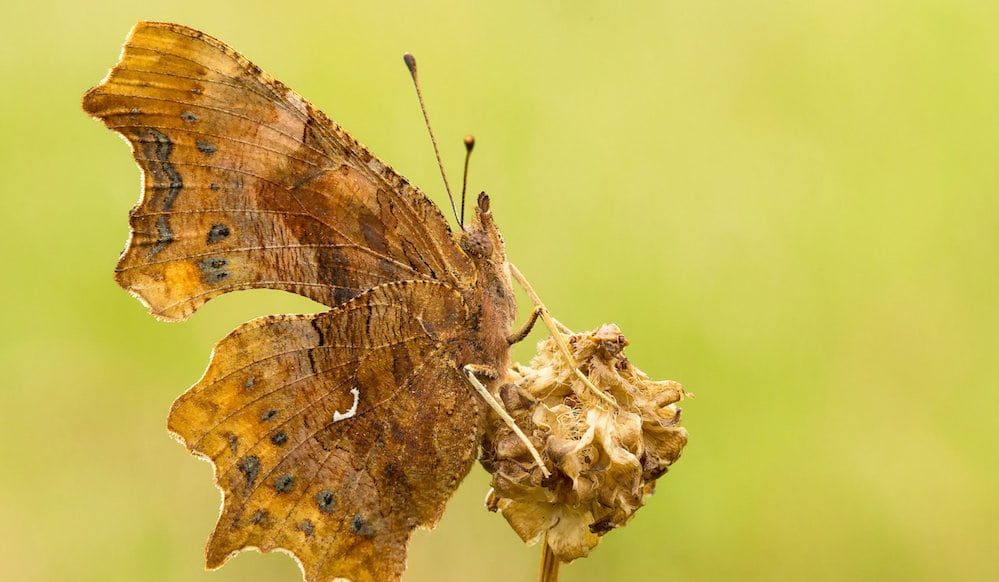
One of Britain’s “most exquisite” butterflies which was almost extinct a century ago has seen a 138% rise in population.
Experts say the warm weather and increased use of nettles as a food plant have resulted in the surge in numbers of the Comma over the last 40 years.
The comeback kid has spread north 250 miles in England, Wales and the Isle of Man into southern and eastern Scotland.
The Comma was teetering on the brink of extinction and at the turn of the 20th century was restricted to just a few counties in the Welsh borders and south-east England.
Butterfly Conservation President Sir David Attenborough said: “Canals and rivers are fantastic locations for many species of butterfly.
“The Comma is one of our most exquisite butterflies and hearteningly is also something of a butterfly success story.
“Help conservationists track the Comma’s expansion by looking out for it by canals and riverbanks during this summer’s Big Butterfly Count.”
The Big Butterfly Count is the world’s largest butterfly survey during three weeks of high summer across the UK.
People are encouraged to spot and record 18 species of common butterflies and two day-flying moths.
Results from the Big Butterfly Count will help track the ongoing spread of the Comma and could shed more light onto the extraordinary long-term population fluctuations.
Mark Robinson, National Ecologist for Canal and River Trust, said: “Canals and rivers are great places to spot many species of butterfly.
“The Canal & River Trust would encourage everyone who lives near to one of our waterways to visit and discover all the amazing wildlife that thrives on our 2,000 mile network and take part in the Big Butterfly Count.”
Richard Fox, Butterfly Conservation Head of Recording, added: “The Comma is one of the Big Butterfly Count species that has bucked the trend and done well in Britain over recent decades.
“Even it is susceptible to changes in the environment so we need to continue to monitor its progress, especially after a worse-than- usual year in 2016.
“By taking part in the Big Butterfly Count you can help us keep tabs on the Comma and other common butterflies.”